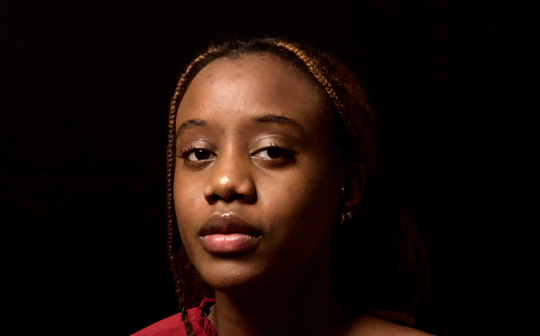As far back as I can recall, I’ve challenged the status quo in small ways. For one, I was a major tomboy. I always questioned why I had to sit a certain way, or why only the girls had to set and clear the table. My limited understanding of gender roles was enough to inspire rowdy defiance at a young age.
Gender has always felt like a performance because that’s precisely what it is. I’ve been exhausted by the gender binary since before I knew what it was even called. With more than eight billion people in the world, are we really expected to adhere to the notion that there are only two ways to establish so much of one’s existence?
All research-based evidence defines gender as a culturally-delineated social construct. The more rigid the construction, the more policed it is. Within the rigid gender binary, gender performance and expression are heavily policed. And speaking personally, it hurts.
I’ve looked to the likes of writers/philosophers bell hooks, Audre Lorde and Judith Butler to answer what it means to exist on the outskirts and in exclusion. There is no room for all of me in the binary — there is not much room for many of us.
At the heart of the controversy is the long-debated ‘gender versus sex’ conversation. Simply put, sex is a biological classification denoting which chromosome combination a person has, and, again, gender is a social construct. The thing about any form of binarism: one will always seek dominion over the other.
It shouldn’t come as a surprise, but we live in a patriarchal society. From an intersectional lens, the prevailing structure under which we’re governed can be summed into one long term: white cisgender heteropatriarchy. In simpler terms, patriarchy oppresses everyone, but hegemonic masculinity oppresses women.
Cue the birth of feminism and its subsequent four waves.
Certain eras of popular feminism were rooted in the ideal that maternity is the intrinsic value of femininity — that femininity and masculinity are rooted in sexual difference. This struggle takes place within an understanding of gender heavily biological essentialism and heteronormativity. So for many reasons, not limited to these, it falls short.
Simone de Beauvoir says in her book The Second Sex: “one is not born, but rather becomes, a woman.”
Gender is not a rigid structure, but an open-ended question. Normatively, we are taught to be either one of two genders, depending on the sex assigned at birth. I, along with so many others, recognize the limitation and harm in this conditioning.
At best, gender is carefully cultivated. At worst, it is brutally enforced. Some of us don’t want to be bound by these strict limitations we likely never fit in.
Expression and identity aren’t one-to-one, anyway.
Identity is subjective and constructed experientially. There are so many particulars and so much pressure to fit into a box. Still, it’s worth asking:
Do you identify with the gender you were conditioned to be? Can you question the status quo?
Even if the answer is yes, your expression doesn’t have to be limited by how you identify. To gender bend, one doesn’t need to be genderqueer. It’s also not a statement on your sexuality.






Comment policy
Comments posted to The Brown and White website are reviewed by a moderator before being approved. Incendiary speech or harassing language, including comments targeted at individuals, may be deemed unacceptable and not published. Spam and other soliciting will also be declined.
The Brown and White also reserves the right to not publish entirely anonymous comments.